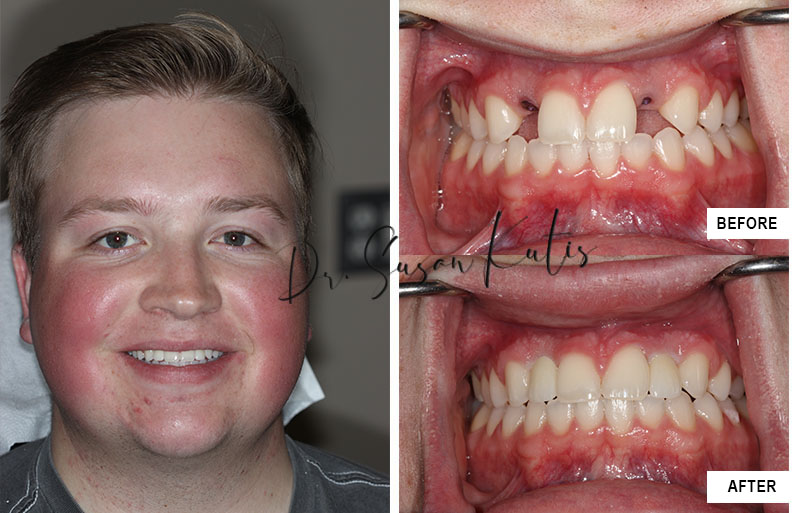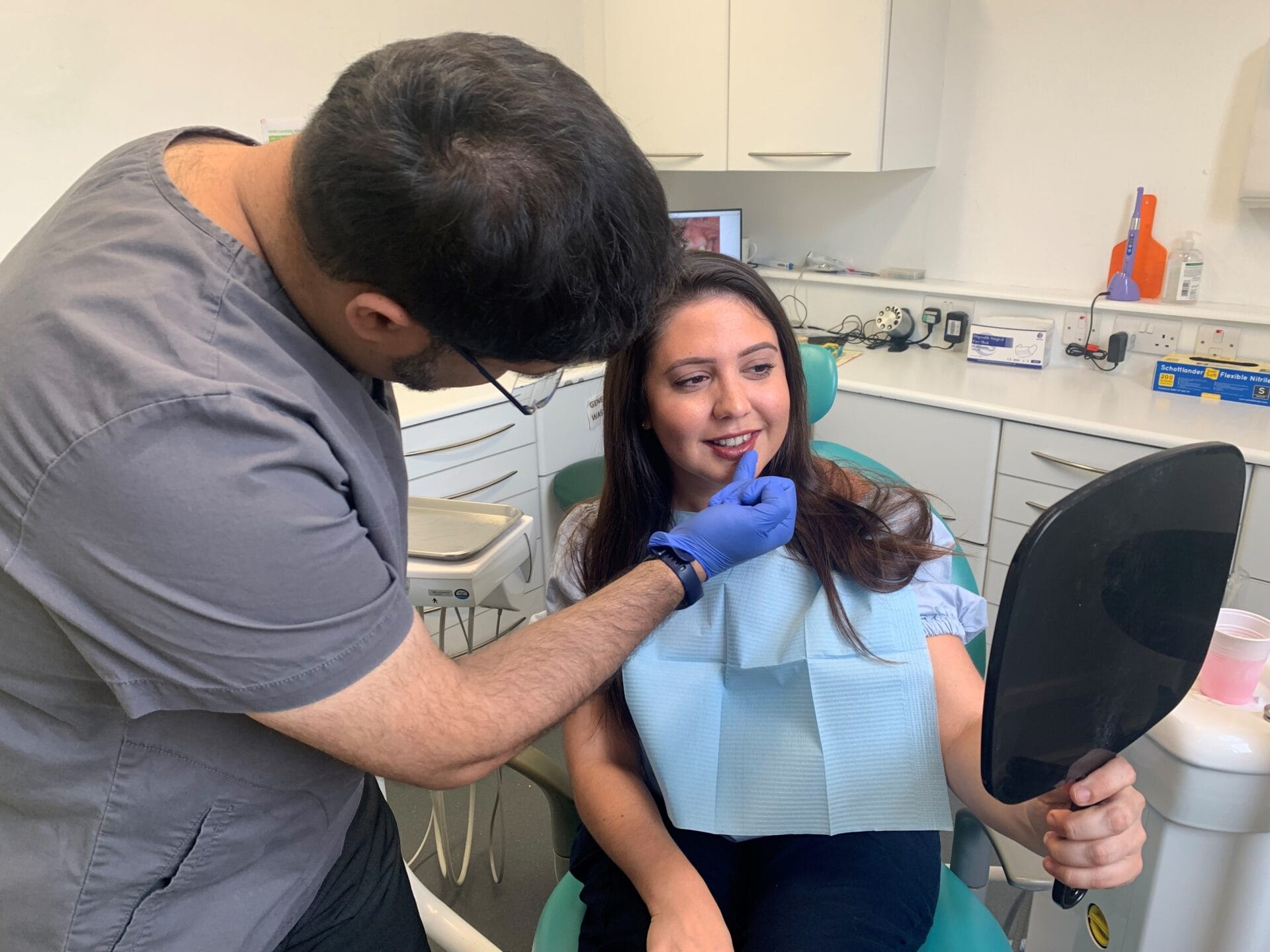Change Your Smile with Dental Implants Kent: Expert Treatment
Experience the Most Recent Technologies in Dental Implants Innovation
As the area of dental care continues to evolve, the advancements in dental implant modern technology have been nothing brief of impressive. The integration of innovation is changing the functionality of dental implants, guaranteeing boosted outcomes and individual fulfillment.
Advanced Products for Boosted Sturdiness
In the world of oral implants technology, the combination of advanced materials has actually substantially contributed to boosting sturdiness and longevity of these vital dental prosthetics. The use of products such as titanium alloys, zirconia, and ceramic compounds has changed the field by using increased resistance, biocompatibility, and strength to rust.
Titanium alloys are extensively utilized in oral implants due to their phenomenal strength-to-weight ratio, corrosion resistance, and compatibility with the body. These alloys make certain the security and durability of the implant by withstanding the forces put in throughout eating and talking, giving a reputable option for people looking for durable tooth replacements.
Zirconia, a type of ceramic material, has acquired popularity for its biocompatibility and natural tooth-like appearance. Its high stamina and resistance to use make it an appropriate option for dental crowns and bridges, improving the general appearances and functionality of the dental implant.

Digital Imaging for Precise Placement
The advancement of oral implants modern technology has actually even more advanced with the integration of digital imaging techniques, ensuring specific positioning of these prosthetics for ideal functional and aesthetic end results. Digital imaging plays a crucial duty in the preparation and positioning of oral implants by offering detailed 3D pictures of the person's jawbone framework. This innovation enables dental professionals to assess bone thickness, situate crucial frameworks, and prepare the precise position and angle for dental implant positioning with unmatched accuracy.
By using digital imaging, dentists can develop online surgical overviews that function as a roadmap throughout the dental implant placement procedure. These overviews are personalized for each patient, taking into consideration their distinct anatomy and the wanted result. This level of precision not only improves the success price of dental implant procedures however also minimizes the risk of difficulties.
In addition, digital imaging allows dental professionals to visualize the final prosthetic reconstruction before the real placement of implants, enabling thorough planning and making certain that the outcome satisfies the person's aesthetic expectations. On the whole, the combination of electronic imaging technology has changed the field of oral implants, offering patients a much more foreseeable, efficient, and patient-specific treatment technique.

Minimally Intrusive Surgical Methods


Advancements in surgical approaches have led to the development of minimally invasive methods in the field of oral implantology. These strategies aim to reduce trauma to the client, reduce recuperation times, and enhance general treatment outcomes. Minimally intrusive procedures include smaller lacerations, specialized tools, and advanced imaging technologies to specifically position oral implants with very little disruption to surrounding cells.
One trick facet of minimally intrusive methods is using directed surgery, where 3D imaging and computer-aided layout software are employed to prepare the implant placement with excellent precision. This enables a much more predictable result and can frequently eliminate the demand for extensive flap surgical treatment.
In addition, advancements in products and implant design have actually also added to the success of minimally intrusive techniques. Implants with improved surface homes advertise faster osseointegration, lowering the healing time needed prior to the prosthetic restoration can be put.
3D Printing for Custom-made Solutions
Utilizing 3D printing innovation in oral implantology permits the development of very customized options customized to specific client demands and physiological variations. This innovative technology enables oral professionals to create and make dental implants with exceptional precision and precision. By utilizing digital imaging strategies, such as cone beam calculated tomography (CBCT), detailed 3D designs of the patient's mouth can be produced to guide the dental implant preparing process.
Among the essential benefits of 3D printing in dental implantology is the capacity to create patient-specific implants that completely fit the one-of-a-kind anatomy of each person. This personalized approach aids improve the total success and durability of the dental implant by ensuring important link optimum fit and placement. Furthermore, 3D printing enables the manufacturing of complicated geometries and elaborate frameworks that would certainly be difficult or impossible to accomplish utilizing traditional production techniques.
Furthermore, 3D printing innovation enables dental professionals to simplify the implantation procedure, minimizing surgery time and improving total patient experience. With its ability to develop tailored options swiftly and efficiently, 3D printing is revolutionizing the field of dental implantology, offering clients cutting-edge therapy options and improved results.
Integrated Innovation for Improved Functionality
Applying innovative innovation in oral implantology boosts performance and accuracy, raising the standard of take care of patients undertaking implant treatments. Integrated innovation plays an essential duty in enhancing the total success and longevity of dental implants. One essential innovation is the combination of electronic scanning and imaging modern technologies, such as cone-beam computed tomography (CBCT) and intraoral scanners. These devices enable for detailed Clicking Here 3D imaging of the individual's dental structures, facilitating precise therapy planning and implant placement.
Additionally, the assimilation of computer-aided design and computer-aided production (CAD/CAM) modern technology allows the development of personalized implant repairs with remarkable precision. CAD/CAM systems make use of electronic impacts to develop prosthetics that flawlessly fit the patient's distinct composition, making sure ideal convenience and capability. In addition, making use of robotic-assisted surgery in implant positioning boosts accuracy and minimizes the risk of human error.
Conclusion
To conclude, the newest advancements in dental implants innovation offer enhanced sturdiness with sophisticated materials, exact positioning with digital imaging, minimally intrusive medical strategies, tailored remedies with 3D printing, and enhanced performance with integrated technology - Dental implants Kent. These developments in dental implants modern technology are transforming the field and providing people with even more efficient and reliable therapy choices for restoring their smiles and dental health and wellness
The assimilation of innovation is revolutionizing the capability of dental implants, assuring enhanced outcomes and patient contentment.
The advancement of dental implants modern technology has even more advanced with the integration of digital imaging techniques, ensuring specific placement of these prosthetics for optimum functional and visual outcomes. Minimally intrusive surgical treatments include smaller lacerations, specialized instruments, and advanced imaging technologies to specifically put oral implants with marginal disturbance visit this website to surrounding tissues.
Carrying out cutting-edge modern technology in dental implantology boosts functionality and precision, raising the standard of care for patients going through dental implant treatments. Dental implants Kent. Integrated technology plays a crucial function in boosting the general success and resilience of oral implants